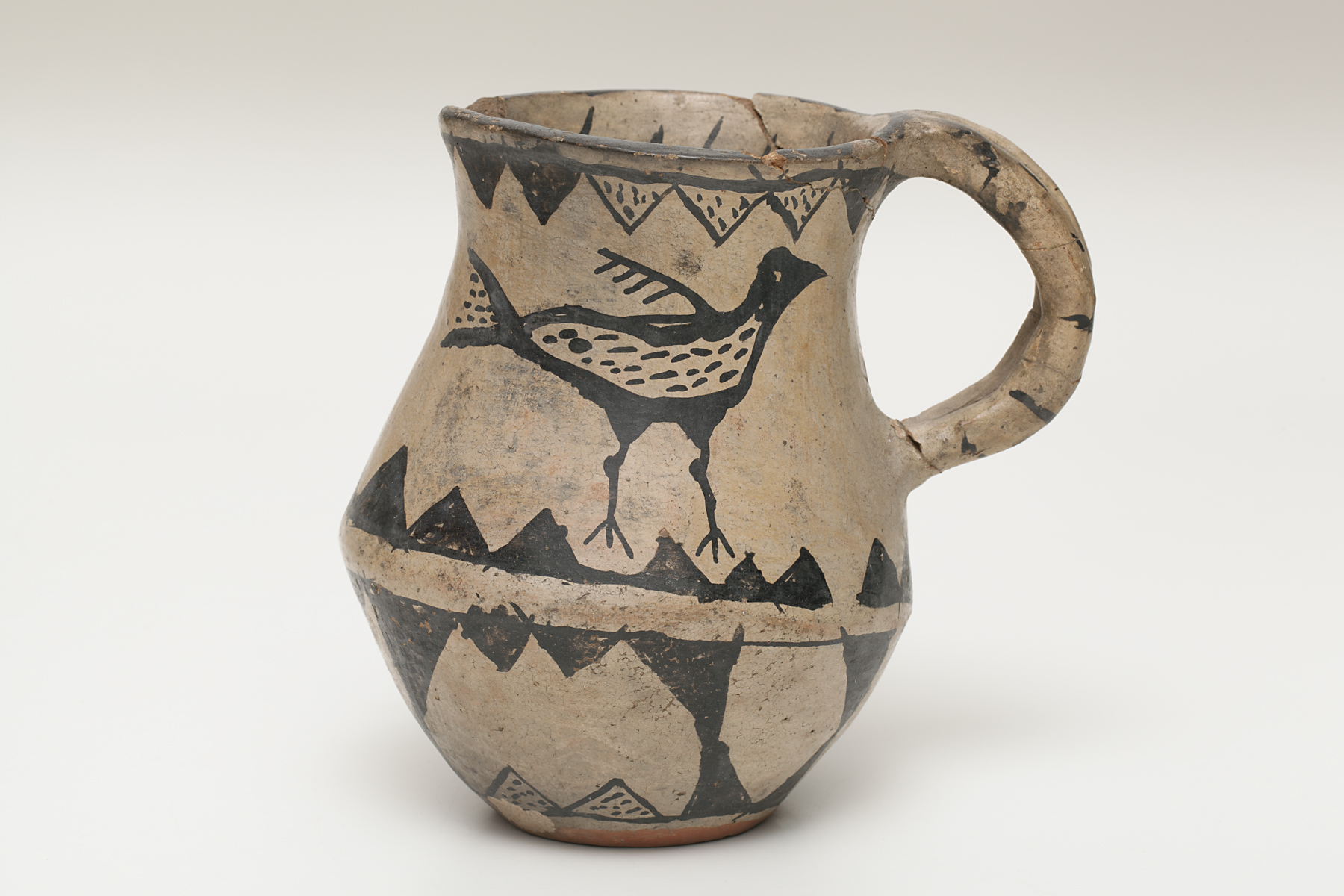pitcher, unrecorded Kewa Pueblo artist
Artwork Overview
pitcher,
late 1800s
Where object was made: New Mexico Territory (present-day New Mexico), United States
Material/technique: paint; ceramic
Dimensions:
Object Height/Width/Length (Height x Width x Length): 15.5 x 12.5 x 16.5 cm
Object Height/Width/Length (Height x Width x Length): 6 1/8 x 4 15/16 x 6 1/2 in
Object Height/Width/Length (Height x Width x Length): 15.5 x 12.5 x 16.5 cm
Object Height/Width/Length (Height x Width x Length): 6 1/8 x 4 15/16 x 6 1/2 in
Credit line: Gift from the Harold Eicholtz Collection
Accession number: 2007.4456
Not on display
If you wish to reproduce this image, please submit an image request





